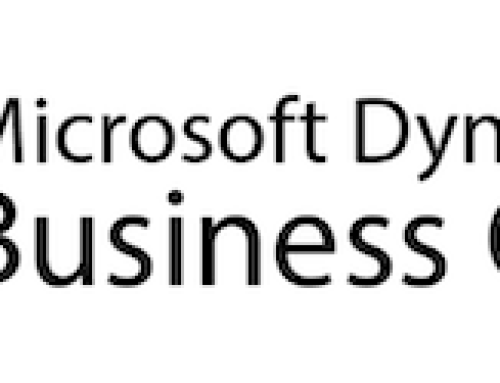As long as you have an internet connection, a smart mobile device and data in the cloud, you can stay productive anytime, anywhere. That means you can work from virtually wherever each day takes you—from your desk to the airport to your hotel lobby—thanks to cloud computing and modern-day business mobility.
However, cloud-based software and applications are tied to various clouds, rather than one centralized theoretical space. For example, SalesForce has its own cloud that its customers can access via mobile. This SalesForce cloud is a unique application, and is different than, say, the Zenefits cloud, another application that can be accessed via mobile. These two cloud-based software applications can talk to a browser, but not always super easily to each other, since they exist in different cloud environments, in what we refer to as the multi-cloud world. Integrating all of your cloud-based programs can be a complex process due to the varying infrastructure that each app or software uses.
So, how do you take advantage of the natural link between a multi-cloud world and mobile convenience to make your business truly mobile?
What Do We Mean When We Say “Mobile?”
Does it mean the actual hardware, such as mobile smartphones, tablets, and laptops, or the more intangible ability to move around and take your work wherever you need it? Well, both.
Back in the day, nearly everyone was, metaphorically, chained to their desks because work was confined to one desktop or at least one on-premises server. Software had to be directly installed on each computer and updated individually. Remote access was possible, but it was extremely expensive and clunky.
This changed when browsers became ubiquitous with secure HTTPS protocols, and companies began building applications to work within a browser instead of being rooted to the computer’s own software. The cloud was then born. Of course, it’s not just one giant cloud where everything hangs out together and plays nicely without any prompting. Things are a bit more complex than that.
Because of the cloud, applications accessed from both computer browsers and mobile devices have gained huge popularity over traditional software. So, mobile is defined as a physical device, but also as the ability to work across multiple devices from any location, connecting the work done across physical devices.
Want True Mobility for Businesses? Turn to the Multi-Cloud
Now that we’ve defined “mobile,” let’s look at why it’s necessary to use software that works in the multi-cloud world to ease the complex issue of getting multiple software and applications to work together.
Since browsers span applications, I assume that I can access all my clouds through a single browser, right? Yes and no.
- A browser provides a window into each individual cloud, but does not roll up data across clouds. Tapping back and forth between apps is very inconvenient.
- The user experience is limited if you access complex cloud data using a browser on a mobile browser due to screen real-estate restrictions.
- Many cloud applications provide mobile applications to enhance the user experience, but this means you need to download and maintain several mobile applications. In addition, the mobile apps are designed to provide the widest level of use and appeal with limited customization capabilities. That limits what an app can do as your needs change.
The key is to be able to access software and apps based in various clouds that communicate with each other easily no matter where you are or what device you’re using. That’s how a multi-cloud world can make a business truly mobile, and that’s what we are building into the Acumatica platform. A great example of this is Acumatica’s Outlook Integration with CRM. With this Add-In, you can seamlessly input information between your email and CRM system in ways never before possible with an ERP solution. And all of this is available via your phone, tablet, or laptop. Watch the video on this page for more information on our newly launched Outlook Add-In.
See? Using a platform that’s built to interact with the multi-cloud world will set your business up for success. While connectivity isn’t usually automatic, we work so hard to make Acumatica a flexible and adaptable platform, in spite of the differing data sources that often underlie each cloud.
Download the IDC ebook: True Cloud Applications for Agile and Fast-Growing Businesses to learn more.
by CAL Business Solutions, www.calszone.com/acumatica
















